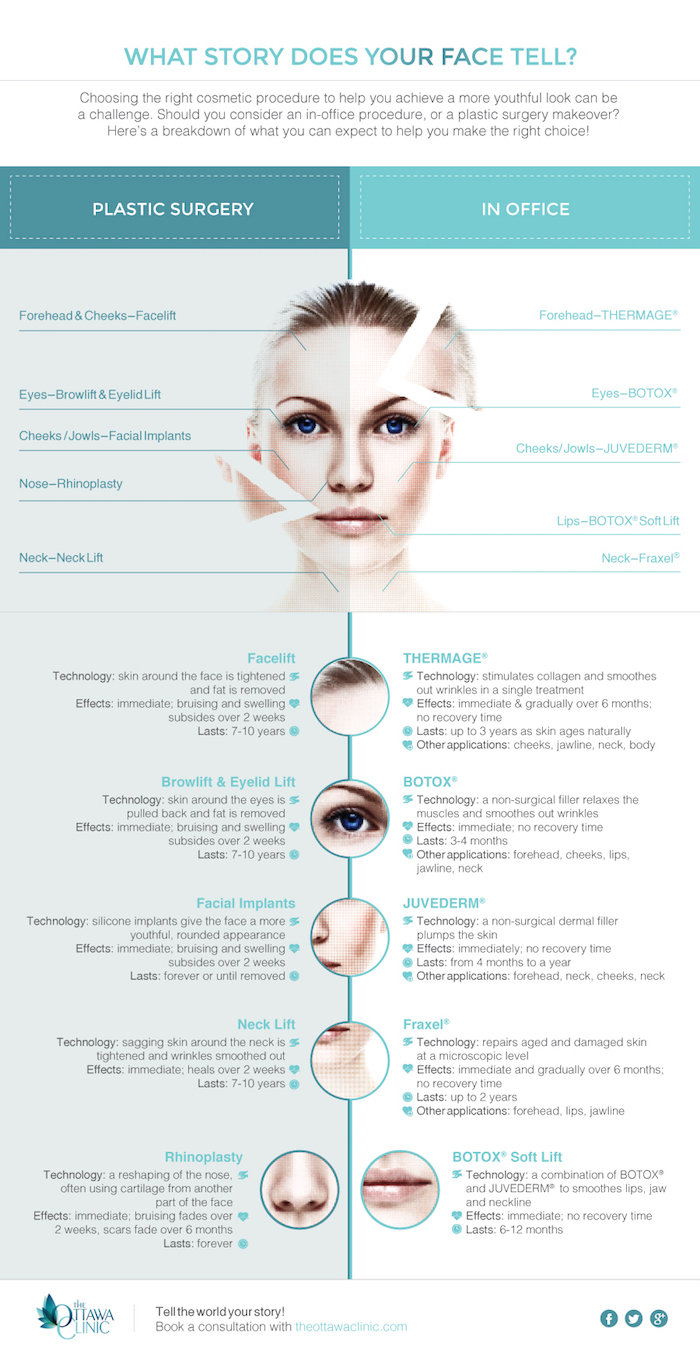Pros And Cons Of Laser Resurfacing
Pros And Cons Of Laser Resurfacing
Blog Article
Acne Treatment - What Are AHAs in Acne Treatment?
AHAs are a key active ingredient for unclogging pore blockages and brightening acne-prone skin. They function by breaking down dead skin cell build-up to advertise newer, fresher cells, and preventing future obstructions.
Developing topical AHAs requires precise attention to various vital variables that dramatically influence their effectiveness and tolerability. Maintaining the optimal pH array, together with car selection and concentration, intensifies their exfoliative features while alleviating prospective adverse responses.
Glycolic acid
Glycolic acid is understood for its mild yet effective scrubing residential properties, which promote skin's natural losing and loosen up the "glue" that holds dead cells on the surface of the skin. This aids unclog pores and minimize the look of fine lines and wrinkles, along with enhance overall skin appearance and tone.
Remarkably, topical glycolic acid has additionally been shown to stimulate the manufacturing of collagen, which is vital in maintaining skin's suppleness and elasticity. It is important to keep in mind, however, that due to the fact that glycolic acid can promote the skin's sensitivity to sunshine, it is necessary to put on sun block when making use of any type of products including this ingredient.
Skin doctors pay cautious focus to the formula of products having AHAs in order to enhance their effectiveness and tolerability. Formulating AHAs with the proper car, in addition to pH and focus considerations, permits ideal skin penetration while decreasing prospective damaging reactions. This is particularly vital for clients with delicate skin, because AHAs are recognized to be gently annoying.
Lactic acid
Lactic acid is located in numerous non-prescription skin treatment products and some more powerful expert peels and treatments. It has the most affordable molecular weight of all the AHAs and has the ability to penetrate much deeper into the skin, where it is extra efficient at unclogging pores and scrubing.
Like glycolic acid, it likewise boosts collagen synthesis, which helps reduce fine lines and wrinkles and boost skin texture. In addition, it has moisture-retention residential or commercial properties, that makes it more suitable for drier skin types than various other AHAs.
The extensive body of scientific information validating the efficacy of topical AHAs supports their energy in a vast array of dermatological conditions and visual concerns. These include complex skin restoration procedures, attenuation of skin rocks near me great lines and wrinkles, lightening of hyperpigmentation, restorative treatment for actinic keratosis, and acne management [2] Enhancing the solution of AHAs by balancing pH, concentration, and lorry selection additionally boosts their therapeutic capacity. These mindful considerations allow skin doctors to deliver safe and efficient therapies that give exceptional scientific outcomes.
Mandelic acid
Mandelic acid, stemmed from almonds, is another member of the AHA household and is a popular component in items that help treat acne. Its bigger molecular size implies it permeates the skin extra gradually and gently, which can decrease the capacity for irritability. It's also less likely to set off soreness and various other skin level of sensitivity concerns, making it suitable for sensitive skin types.
Mandelic Acid is thought to help reduce swelling and increase hydration. It functions by loosening up the bonds in between dead skin cells, permitting them to shed and reveal fresher-looking skin. It also helps reduce the look of bigger pores.
Creating topical items with AHAs calls for a precise balance of essential elements that substantially affect their efficiency and tolerability. Specifically, the pH of an AHA solution has actually been revealed to play an essential duty in its capacity to advertise peeling and boost complexion and appearance. Attaining this optimal concentration is a challenging goal and requires meticulous attention to the various factors that impact the formulation process.
Citric acid
Citric acid, found in citrus fruits such as oranges and lemons, is a mild AHA. It's less annoying than glycolic or lactic acid, making it better for sensitive skin. It also has astringent residential or commercial properties, helping to dry out excess oil.
Like other AHAs, citric acid can be used in chemical peels and day-to-day active/maintenance treatments to exfoliate the skin and promote cell turnover. It can help in reducing the look of dark places and hyperpigmentation, along with great face lines.
It can likewise enhance the synthesis of glycosaminoglycans, which play an essential role in strengthening the skin barrier feature. This aids to prevent trans-epidermal water loss, and preserve ideal hydration levels in the skin [35]
AHAs can be incorporated with comforting active ingredients such as ceramides or hyaluronic acid to enhance their tolerability. They can be included right into everyday active/maintenance skincare through lotion or lotion formulas. This allows practitioners to customize their AHA therapies based on patient needs and choices, with the adaptability of picking from different treatment strengths or focus.